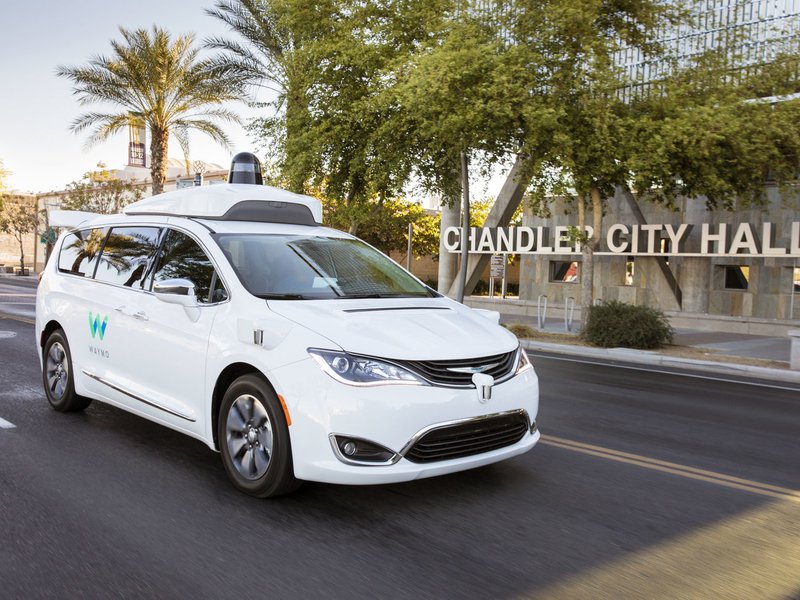
Public trust and engagement from stakeholders are critical to developing safe autonomous vehicles, several government transportation agencies said Thursday in an online discussion.
The discussion hosted by NHTSA comes after the U.S. Department of Transportation launched its AV Test Initiative to improve the “safety and testing transparency” of automated driving systems.
King Gee, director of safety and mobility at the American Association of State Highway and Transportation Officials, said state departments of transportation have been working with other organizations to test automated driving technology and gain public support for it. He added that some states have an interagency task force that guides autonomous vehicle testing and deployment.
“We believe that sharing and cooperative development is the fastest way to advance a technology like ADS across the country,” he said.
Jane Williams, acting administrator of the Federal Transit Administration, said the agency is involved in various AV innovation projects. The administration has awarded 25 grants for various mobility innovation programs, she said, with more to come.
“Automation is rapidly becoming a reality, and we want to be sure that it is incorporated into the nation’s transportation network safely and efficiently,” she said.
Stakeholder engagement
Jonathan Adkins, executive director of the Governors Highway Safety Association, said having “humans involved” is critical to upholding traffic safety.
“We may think, ‘Oh, great, this technology is coming, I’m not going to have to drive anymore, I can sit and be distracted and eat my lunch while my car gets you there,’ ” he said. “We’re not quite there yet.”
Anne Ferro, CEO of the American Association of Motor Vehicle Administrators, pushed for strong stakeholder engagement in AV jurisdictional guidelines.
“We strongly encourage manufacturers to develop the standard tools and training so our law enforcement partners can safely identify and respond to an emergency to an ADS vehicle,” she said. “Law enforcement and other first responders should have access to standard training regarding the potential hazards they may face, and manufacturers and technology companies are best positioned to deliver these standards.”
Ferro also said that consistent terminology is necessary to communicate clearly with different stakeholders.
“The more we can standardize and simplify terminology, the more likely drivers are able to understand what they’re experiencing,” she said.
Gaining public trust
James Owens, NHTSA deputy administrator, emphasized that getting the public to trust automated vehicle technology will be crucial.
“Once these technologies have been safely tested, improving public trust will be key to their lifesaving potential. AV Test Initiative will help provide a critical resource to educate and engage the public about these vehicles.”
He said NHTSA is developing an online public information-sharing platform that will launch this summer. Participating companies will be able to share testing activity data and road-testing locations, while governments will be able to share regulations and emergency response plans, he said.
Adkins said stakeholders will need to unite “with some really good messaging” to teach the public about automated driving systems. “We can’t do it individually,” he said.
He also called for federal grant funds to “educate the public about the technology that’s in the vehicles now and what’s coming.”
He added that the governors association is developing an industry-approved tool to improve communication about traffic safety with law enforcement, who will “play a huge role in investigating crashes.”
Participants in the AV Test Initiative include automakers such as Fiat Chrysler Automobiles and Toyota Motor Corp. and mobility and technology firms such as Google affiliate Waymo. Participating states are Arizona, California, Florida, Maryland, Michigan, Ohio, Pennsylvania, Texas and Utah.